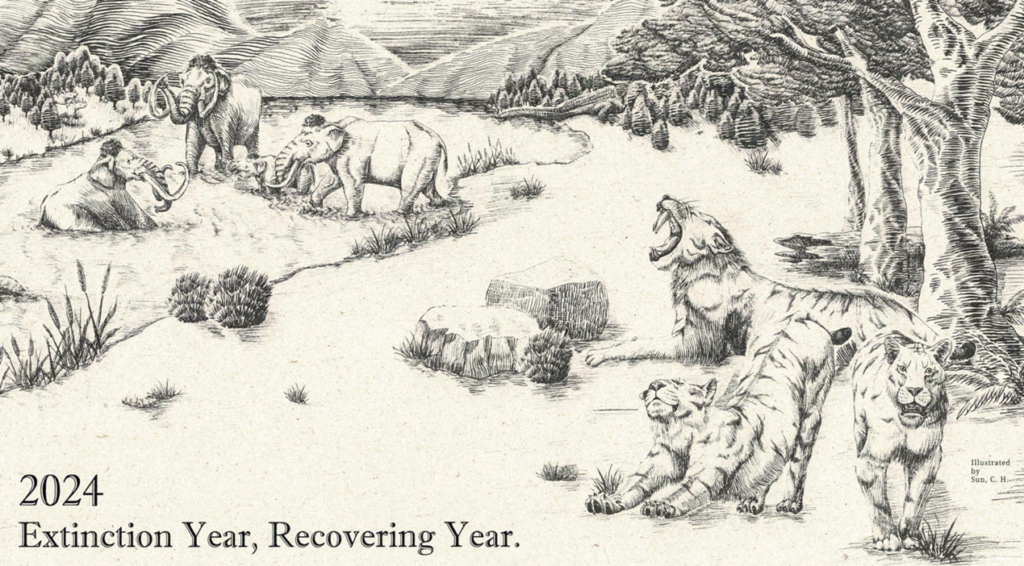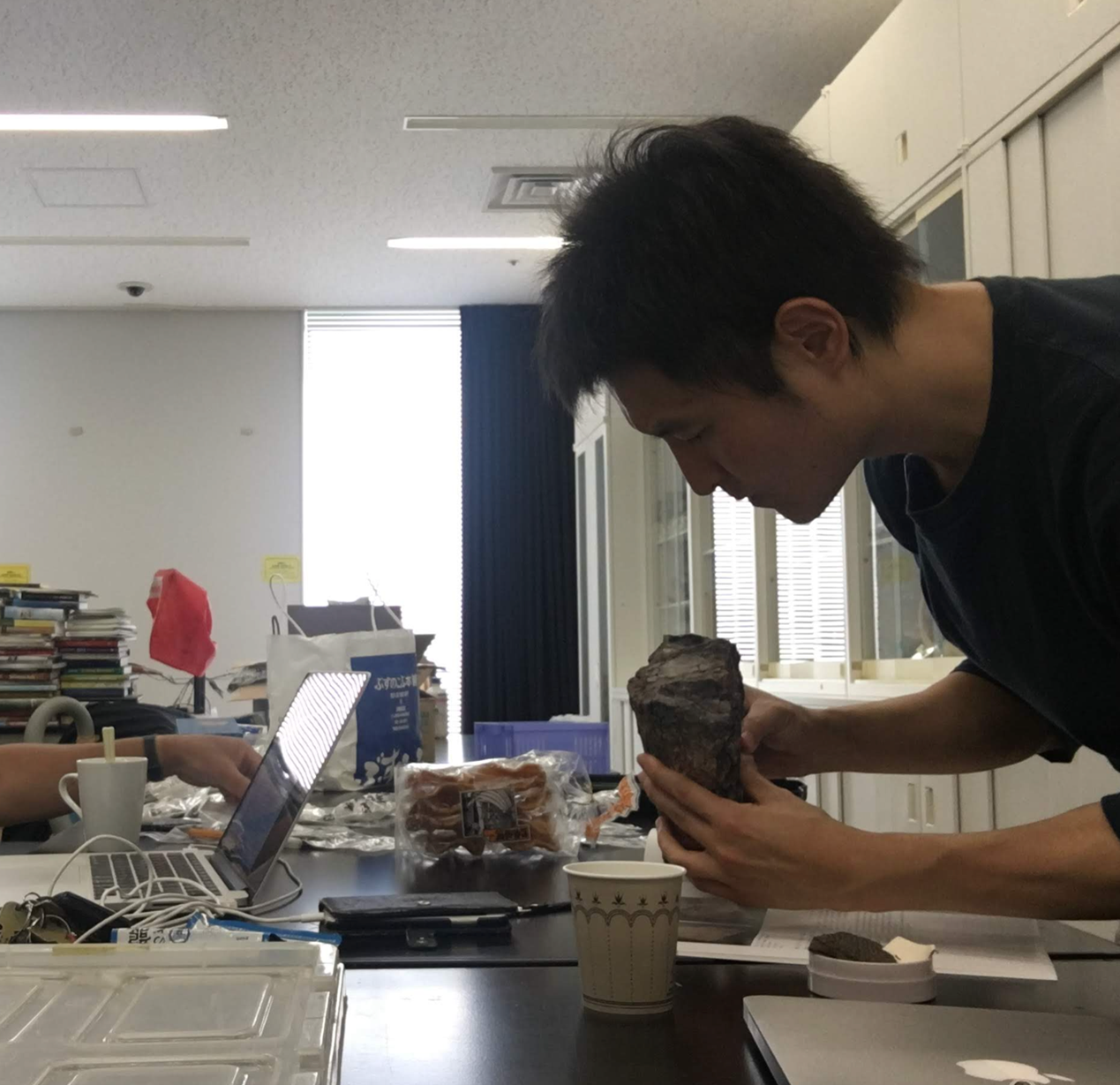Novel insights into vertebrate paleontology in Taiwan

A scene in the Pleistocene of Taiwan based on vertebrate fossils from Tainan(Illustrated by C.-H. Sun)
In this presentation, I will introduce our latest discoveries of vertebrate fossils and their large-scale evolutionary implications from Taiwan (Tainan, in particular). For example, we re-analyzed a fossil specimen found from Tainan while Taiwan was part of Japan, and then, for the first time, confirmed the existence of saber-toothed cats in Taiwan, entirely revising our understanding of paleo-ecosystem structure. Also from Tainan, we recognized the occurrence of large crocodylians, about 7 m long, in Taiwan. Further, this large crocodylian was endemic to Taiwan: Toyotamaphimeia taiwanicus. This discovery also resolves a biogeographic puzzle of the Toyotamaphimeia lineage. Taiwan accommodates more than 600 extant birds, but no avian fossils have been discovered ever since. We also documented the very first fossil bird in Taiwan based on a newly discovered fossil from Tainan, opening up an entirely new direction of paleontological research in Taiwan. In addition to our latest research progress on the well-known Mammuthus and Nesorhinus hayasakai from Tainan, vertebrate paleontology in Taiwan promises to offer large-scale perspectives, and this research field is worth more attention.
About Lecture

Cheng-Hsiu Tsai Associate Professor
Appointed at the Department of Life Science, National Taiwan University. After finishing the postdoctoral research at the National Museum of Nature and Science in Japan, I continue my long-term research on marine mammal evolution across the globe and then also include vertebrate fossils from Taiwan as another life-long project to emphasize their evolutionary implications and applications to conservation paleobiology.
Photo: Examining a crocodylian fossil at the Waseda University (Japan), which was originally found in Tainan.

